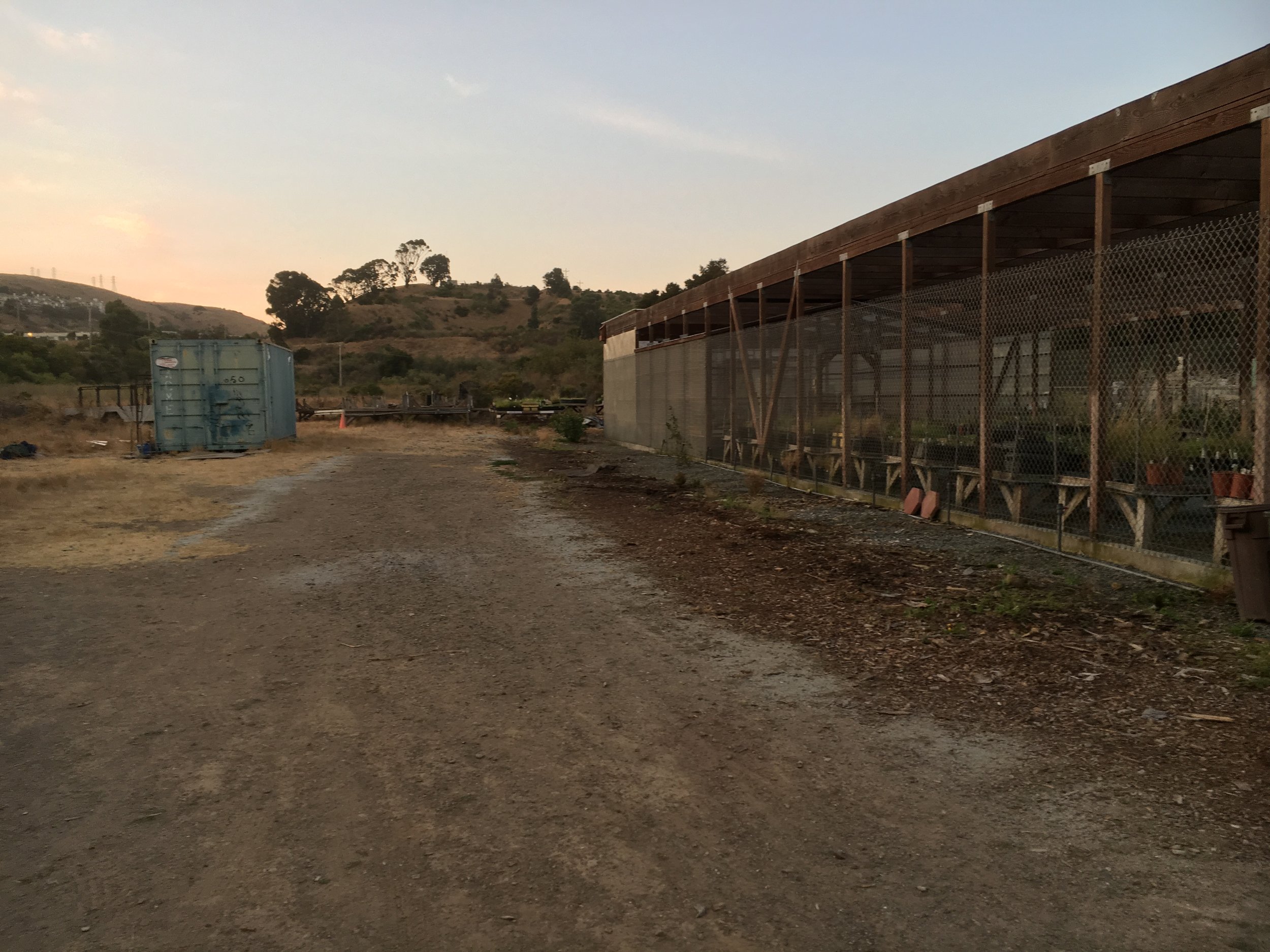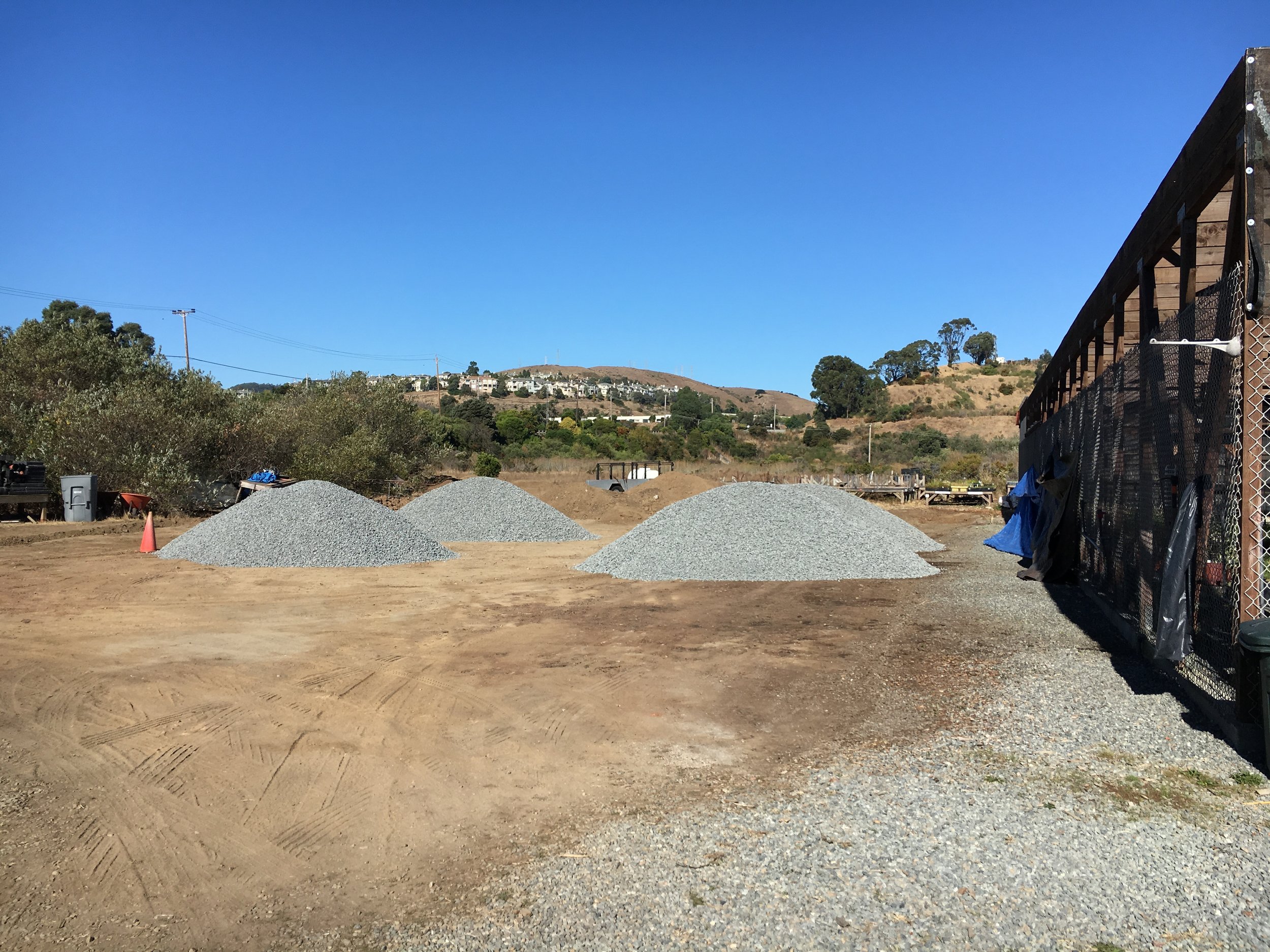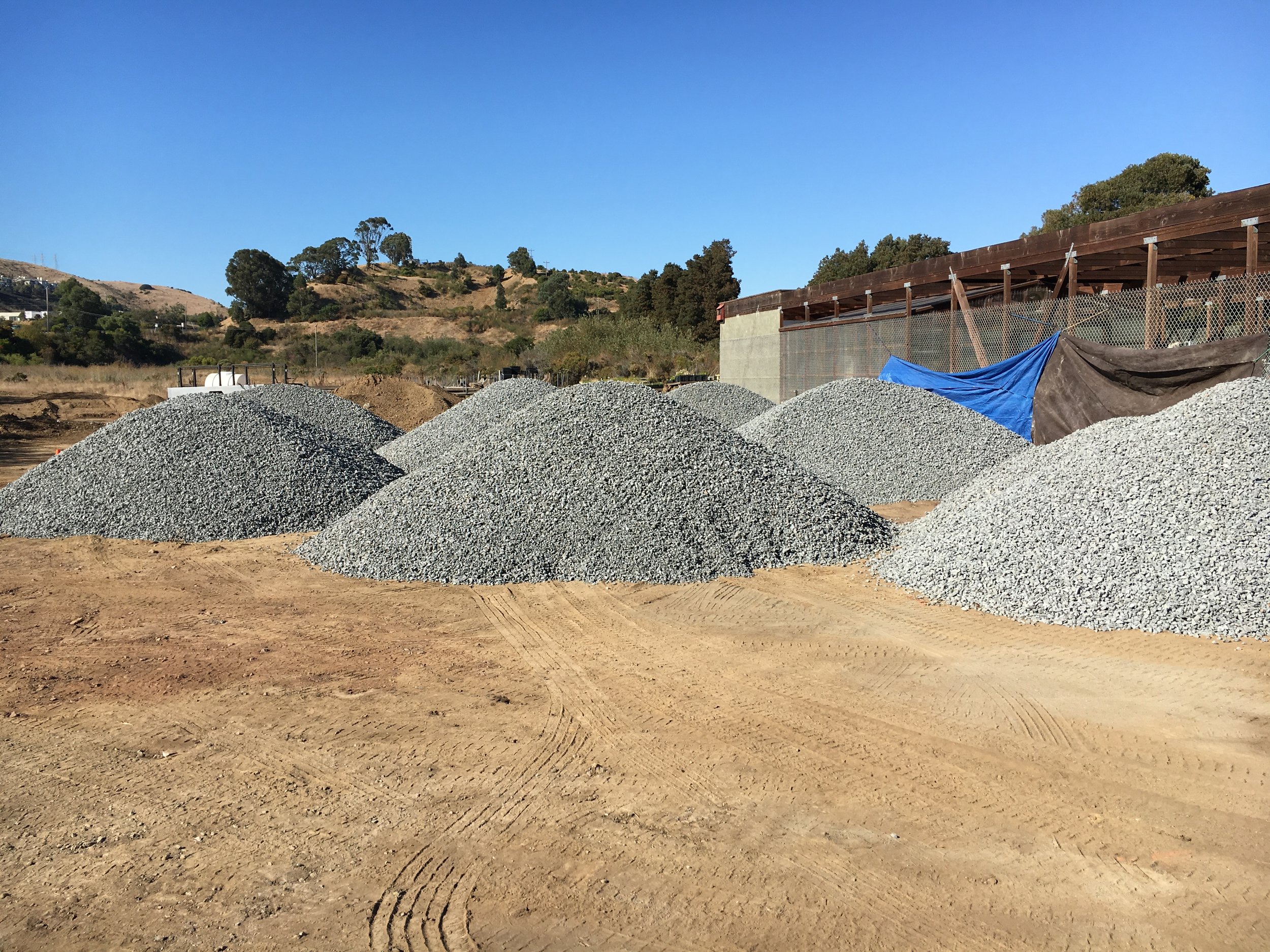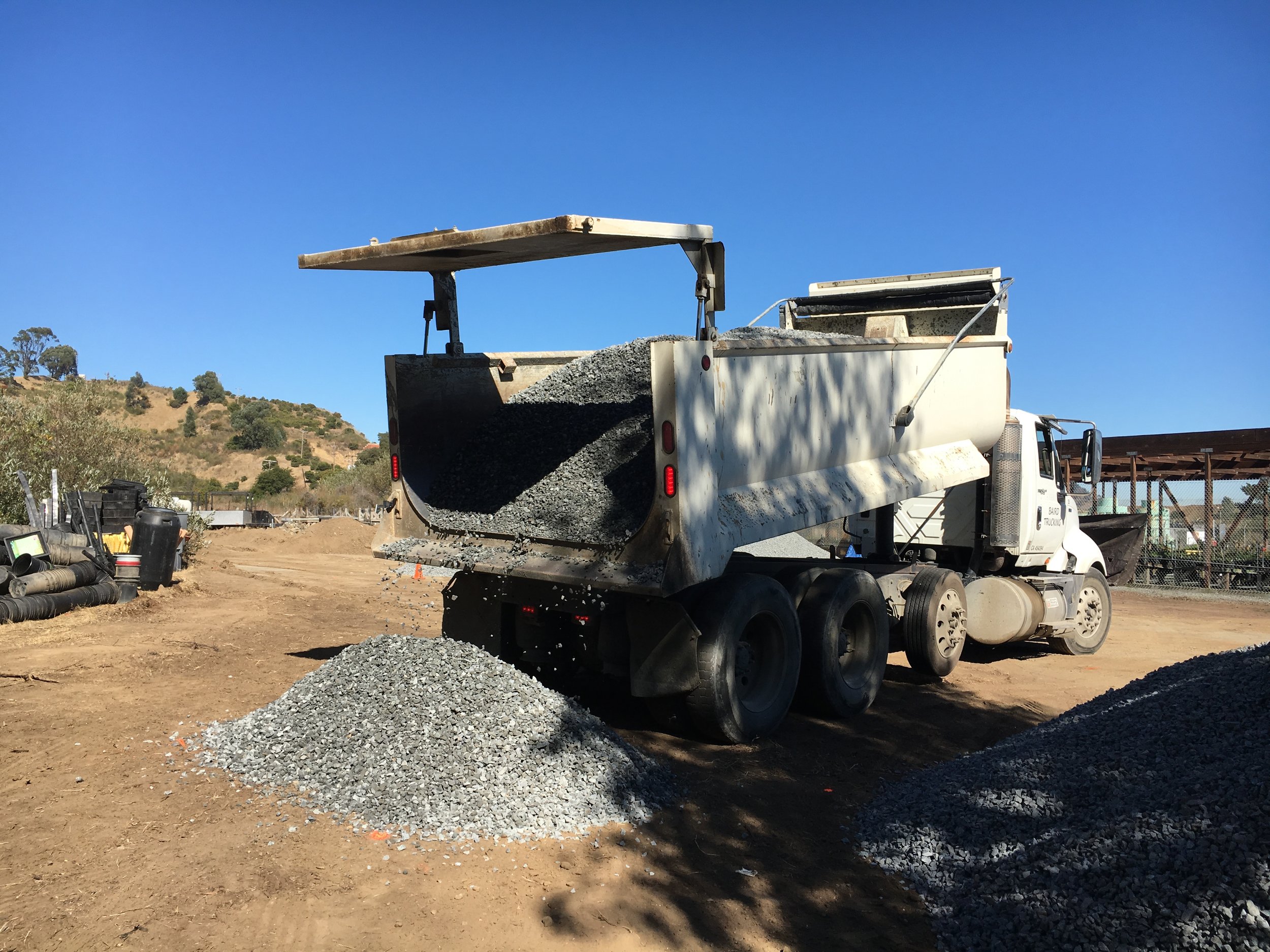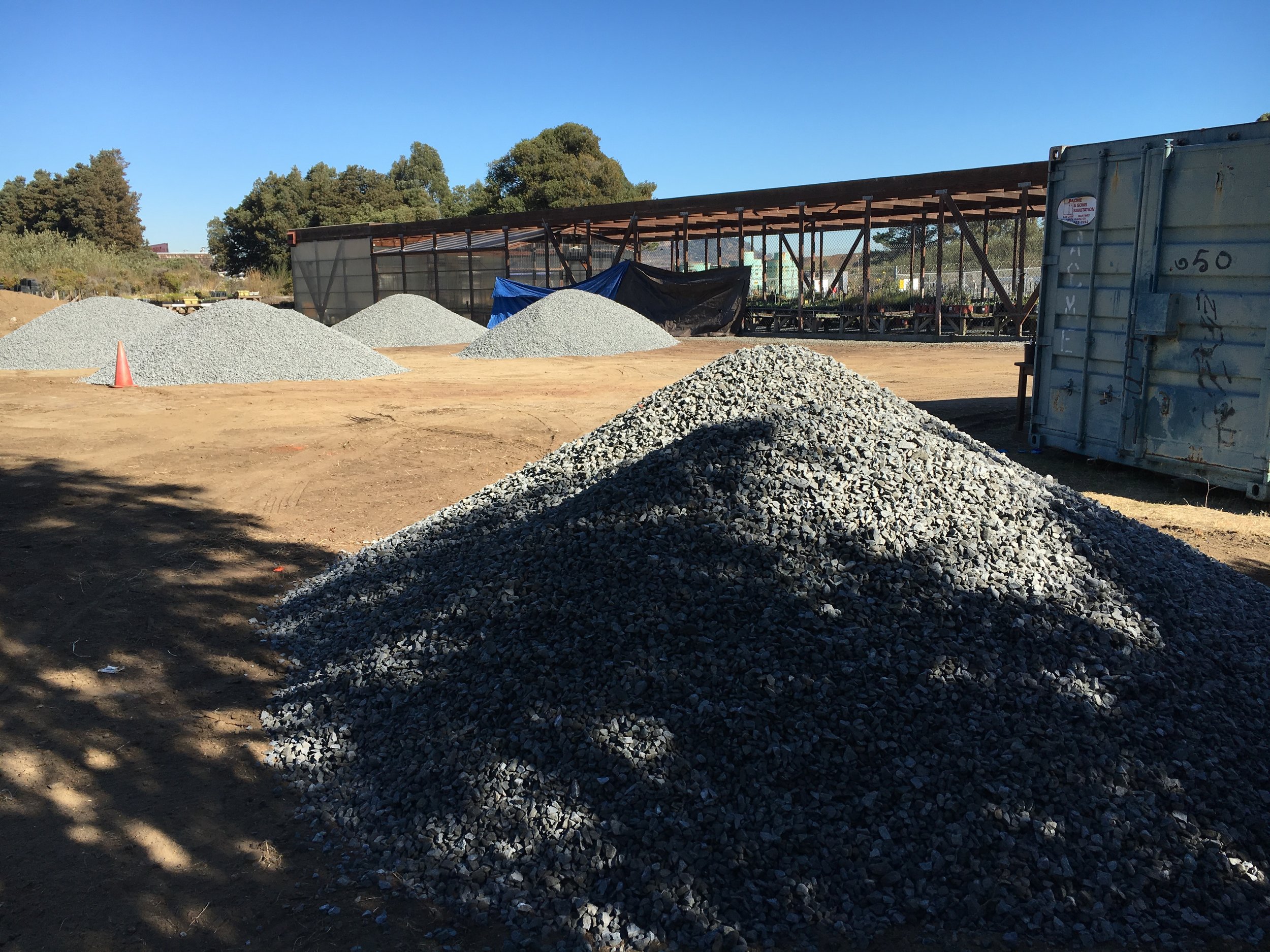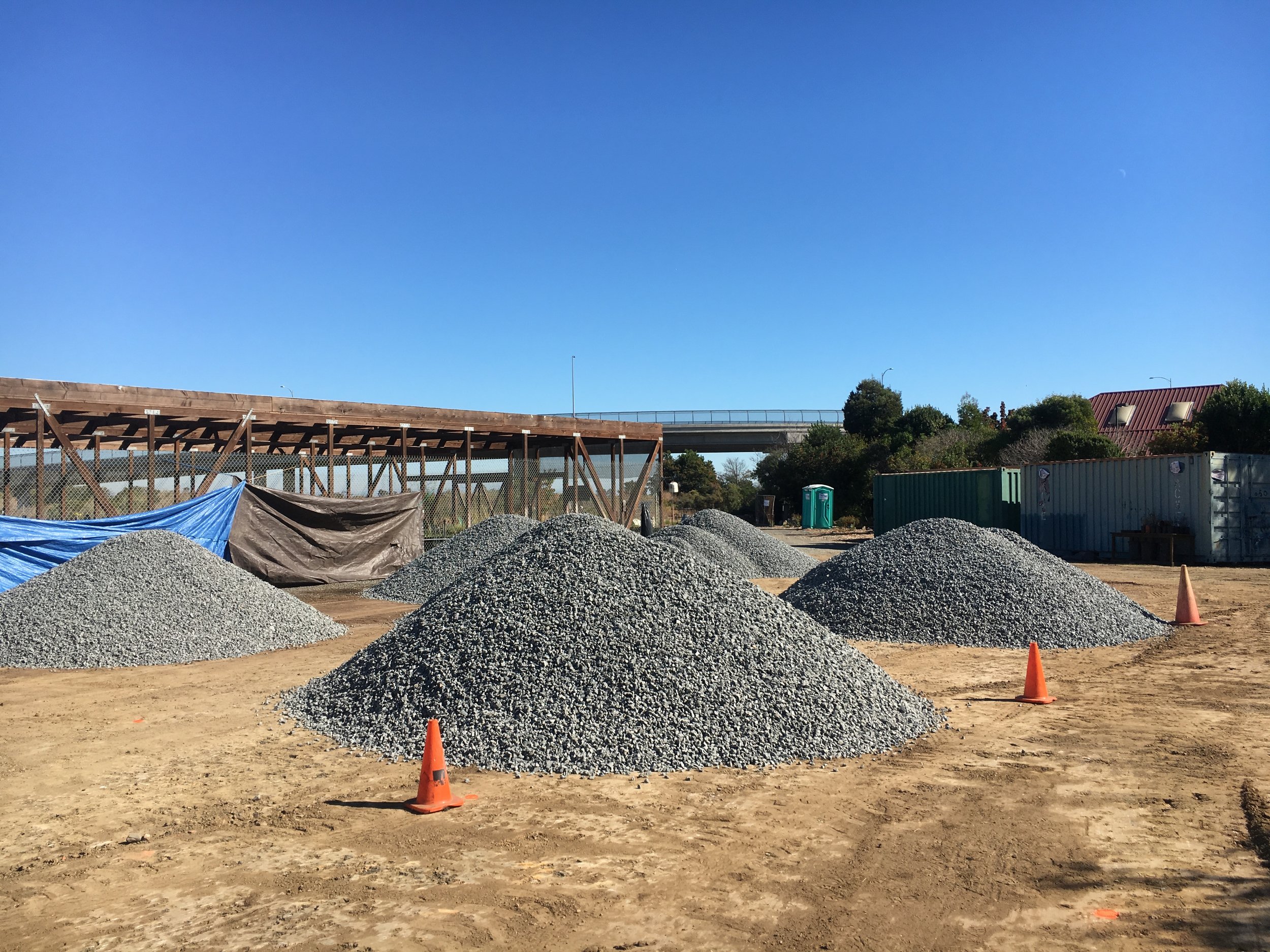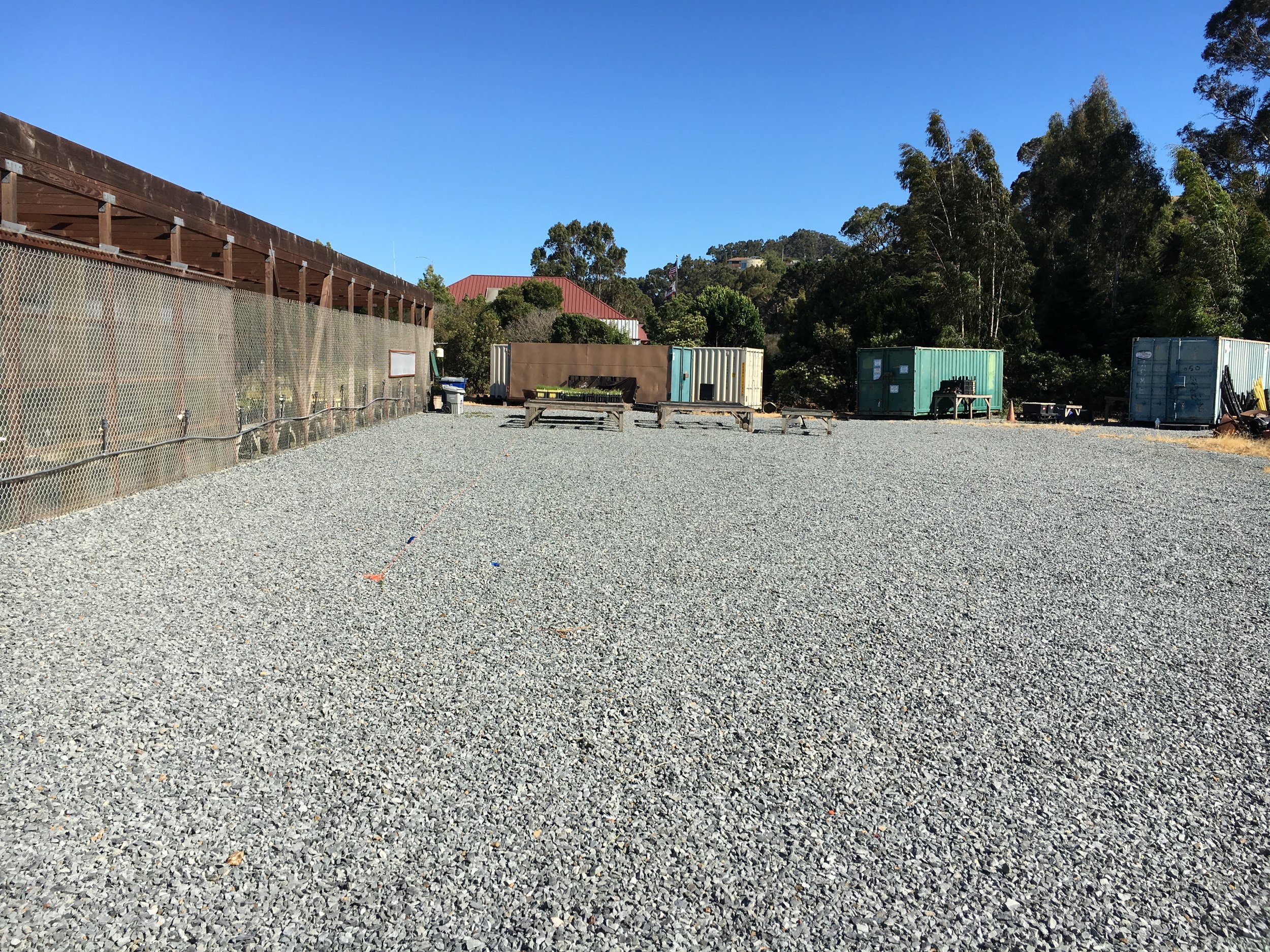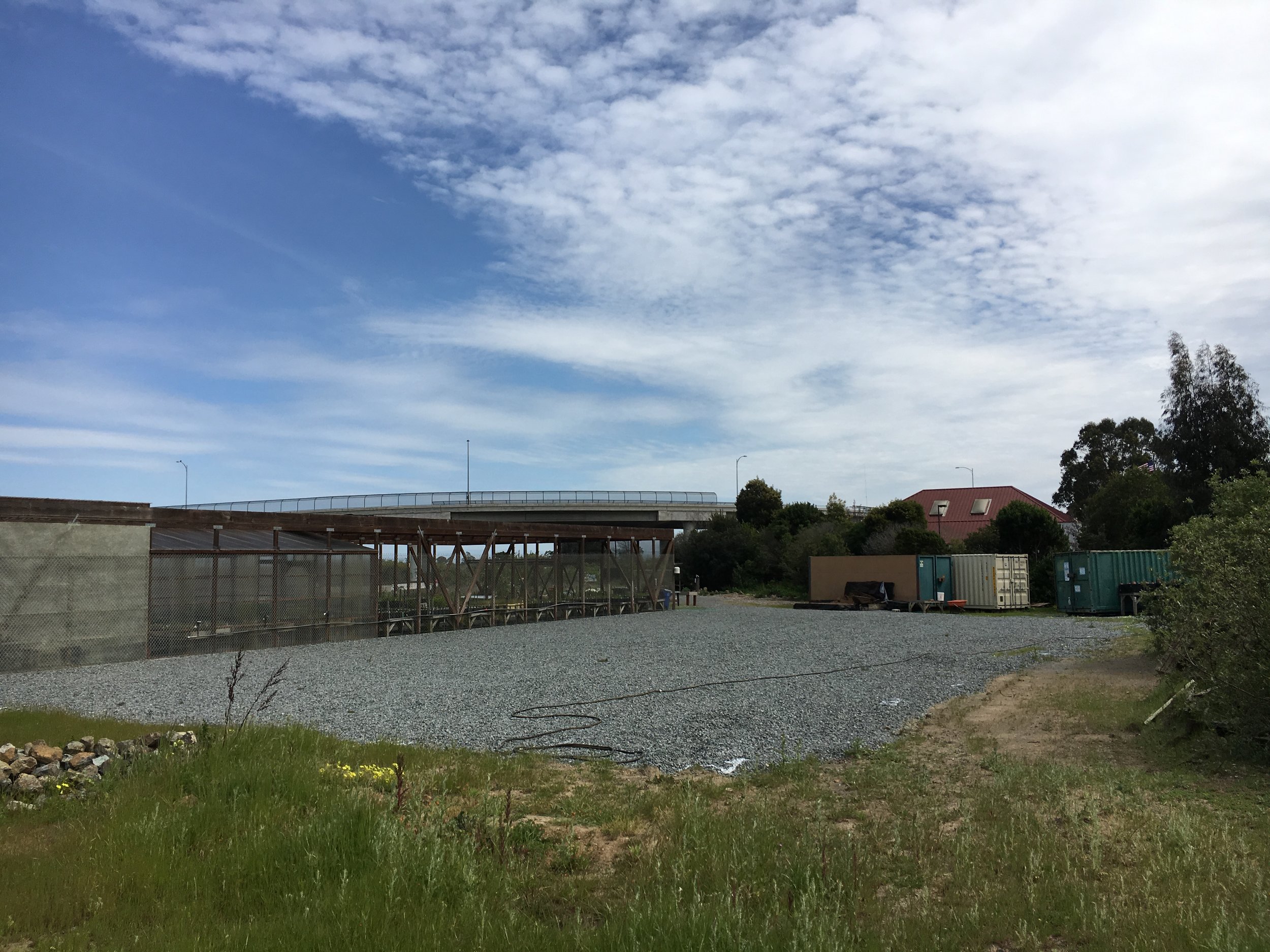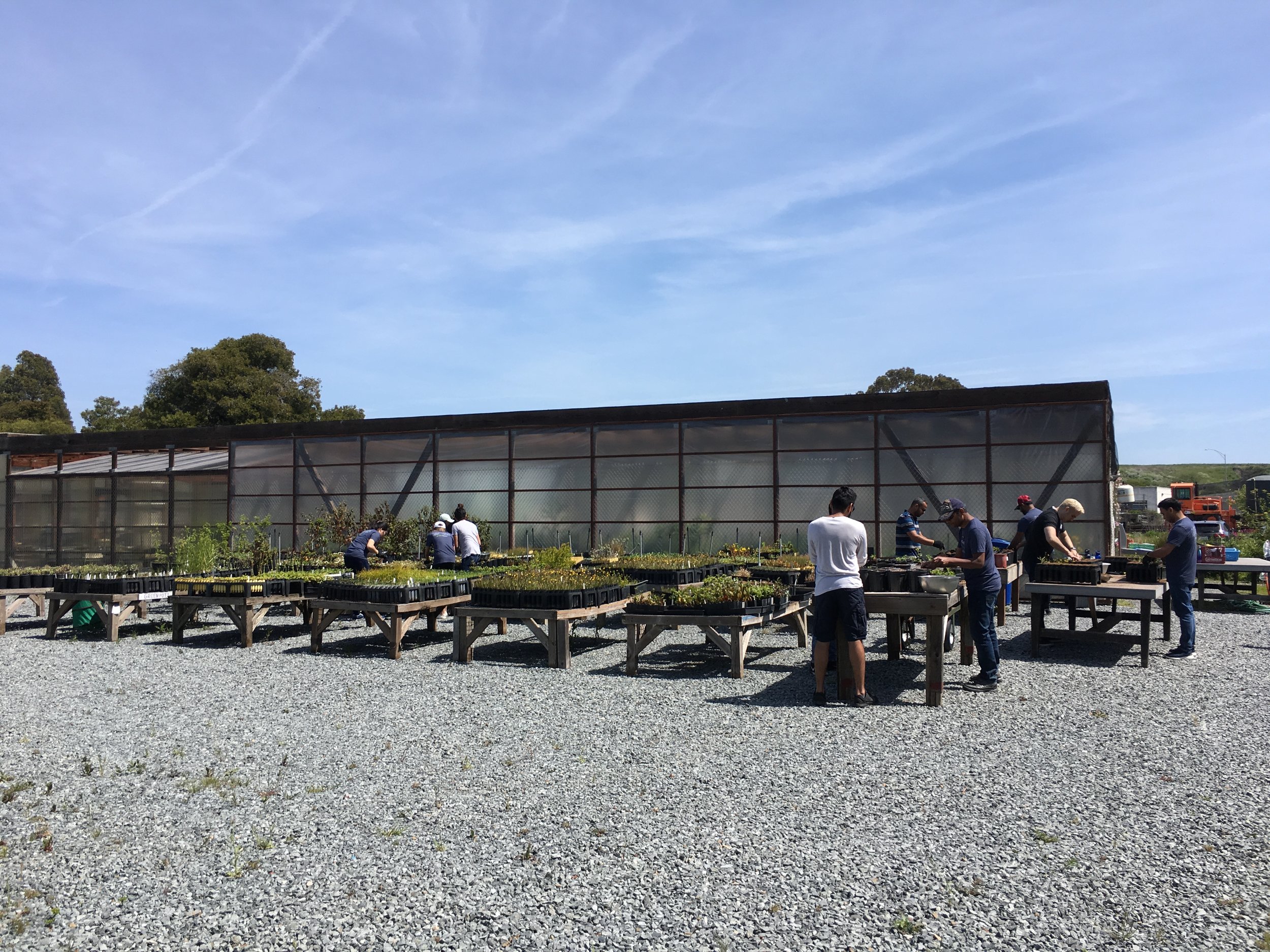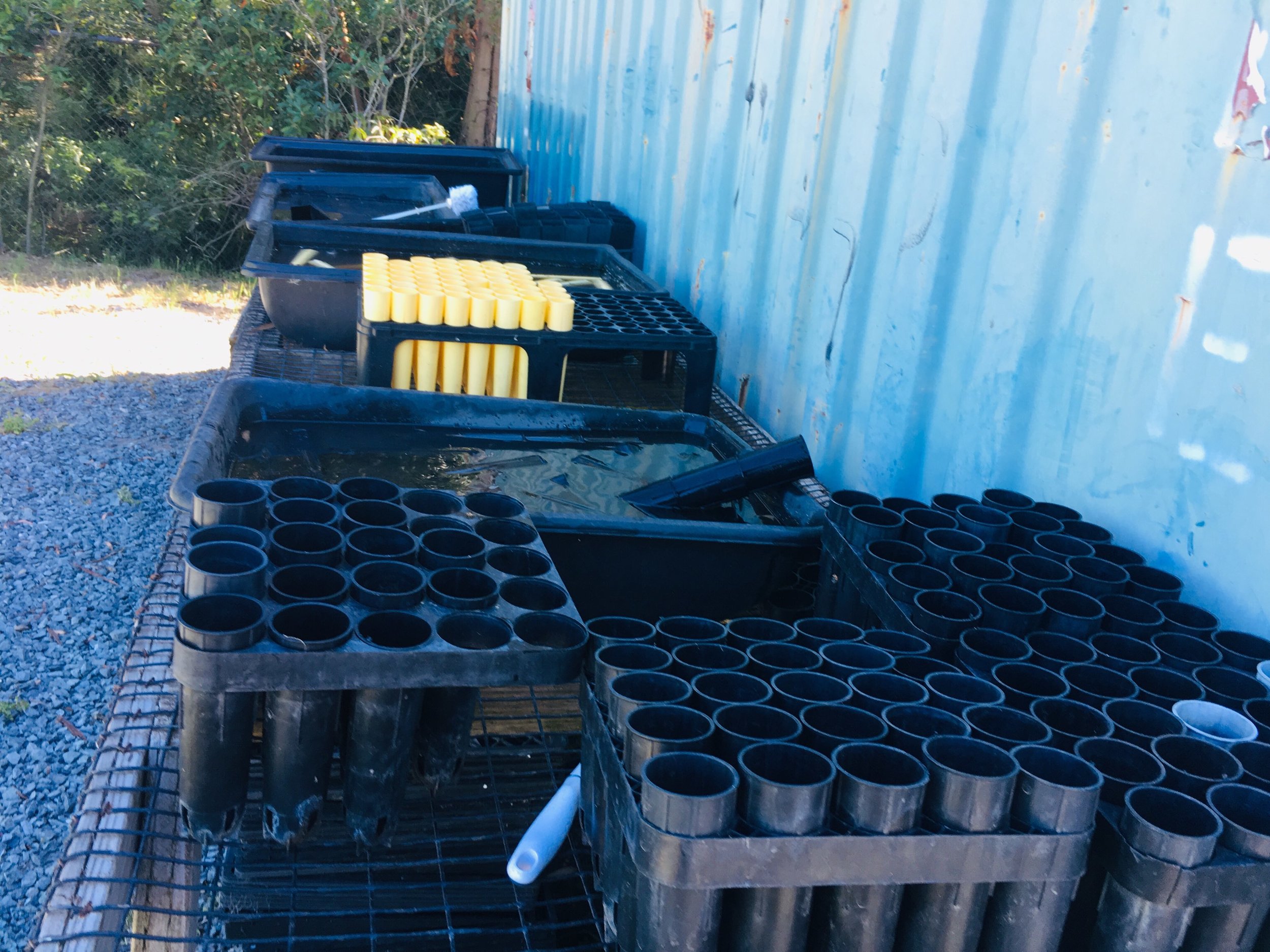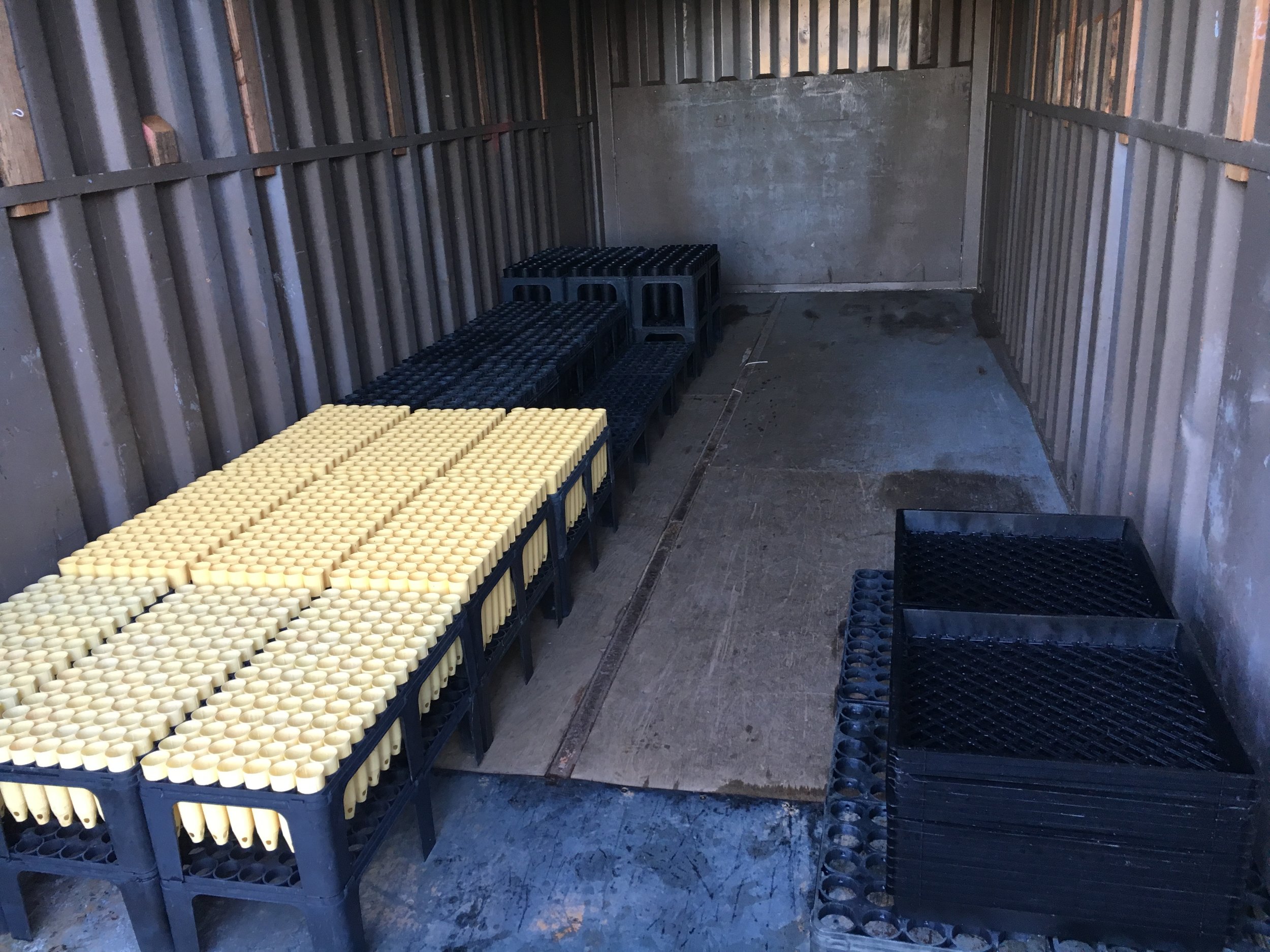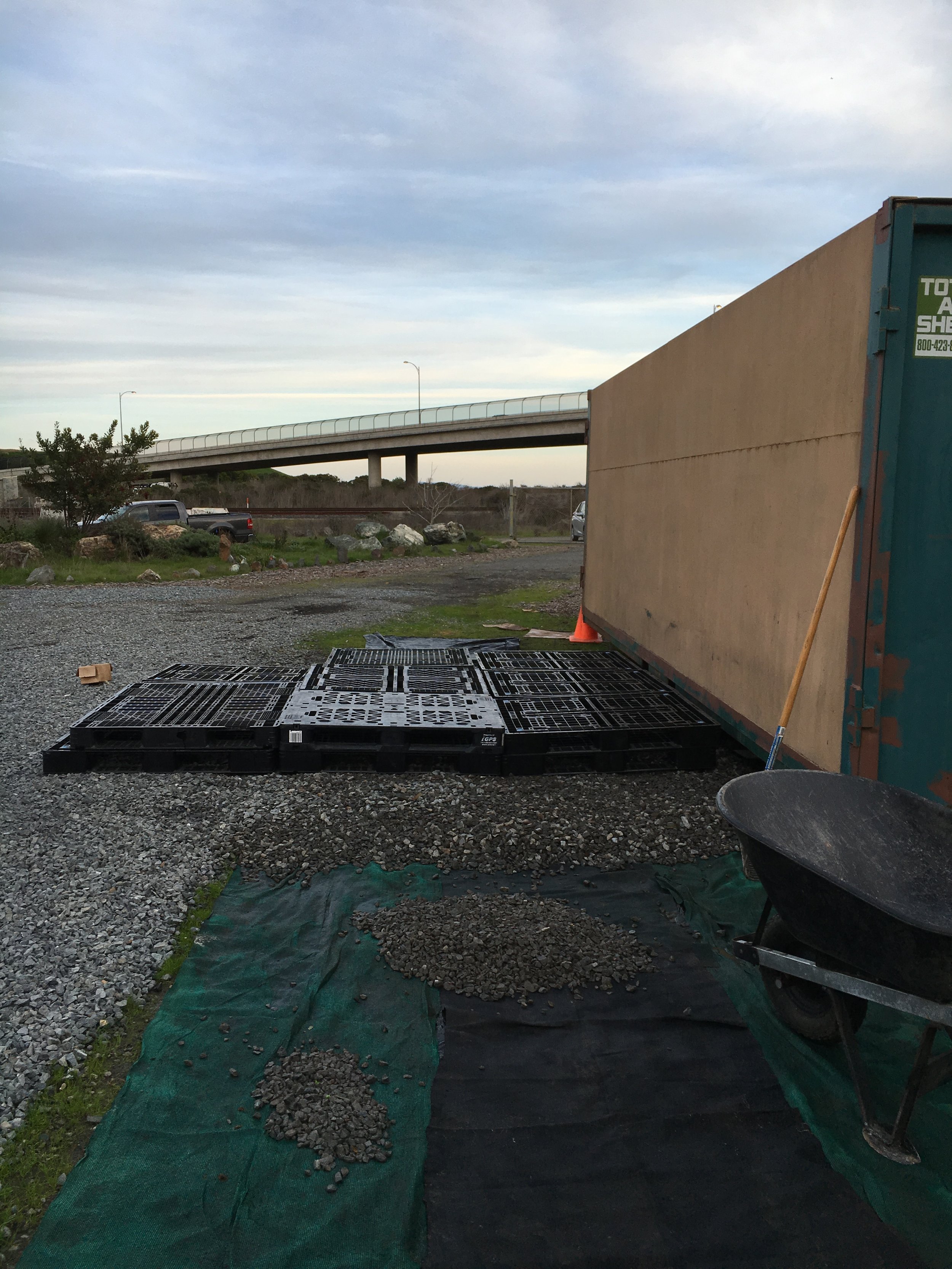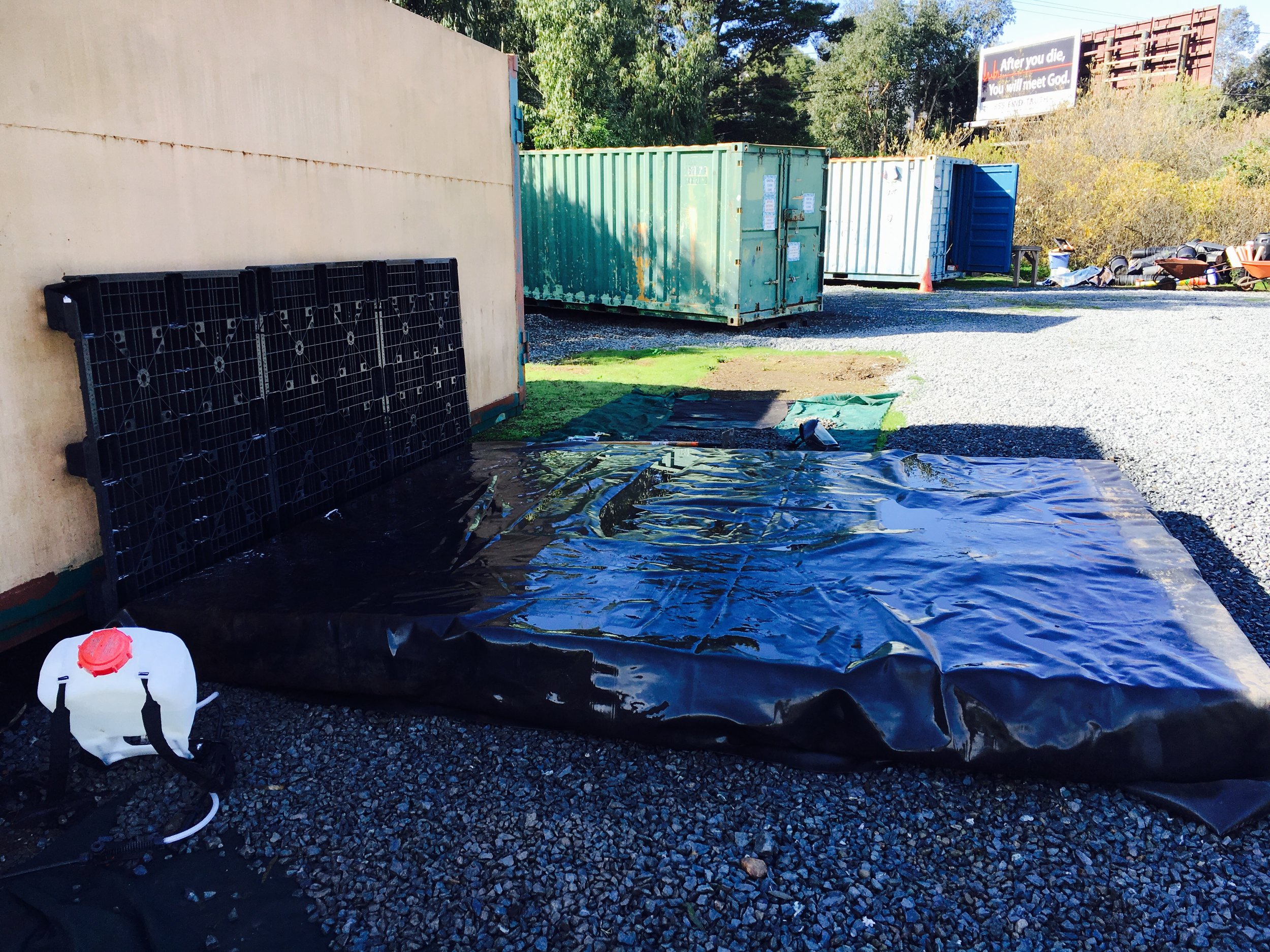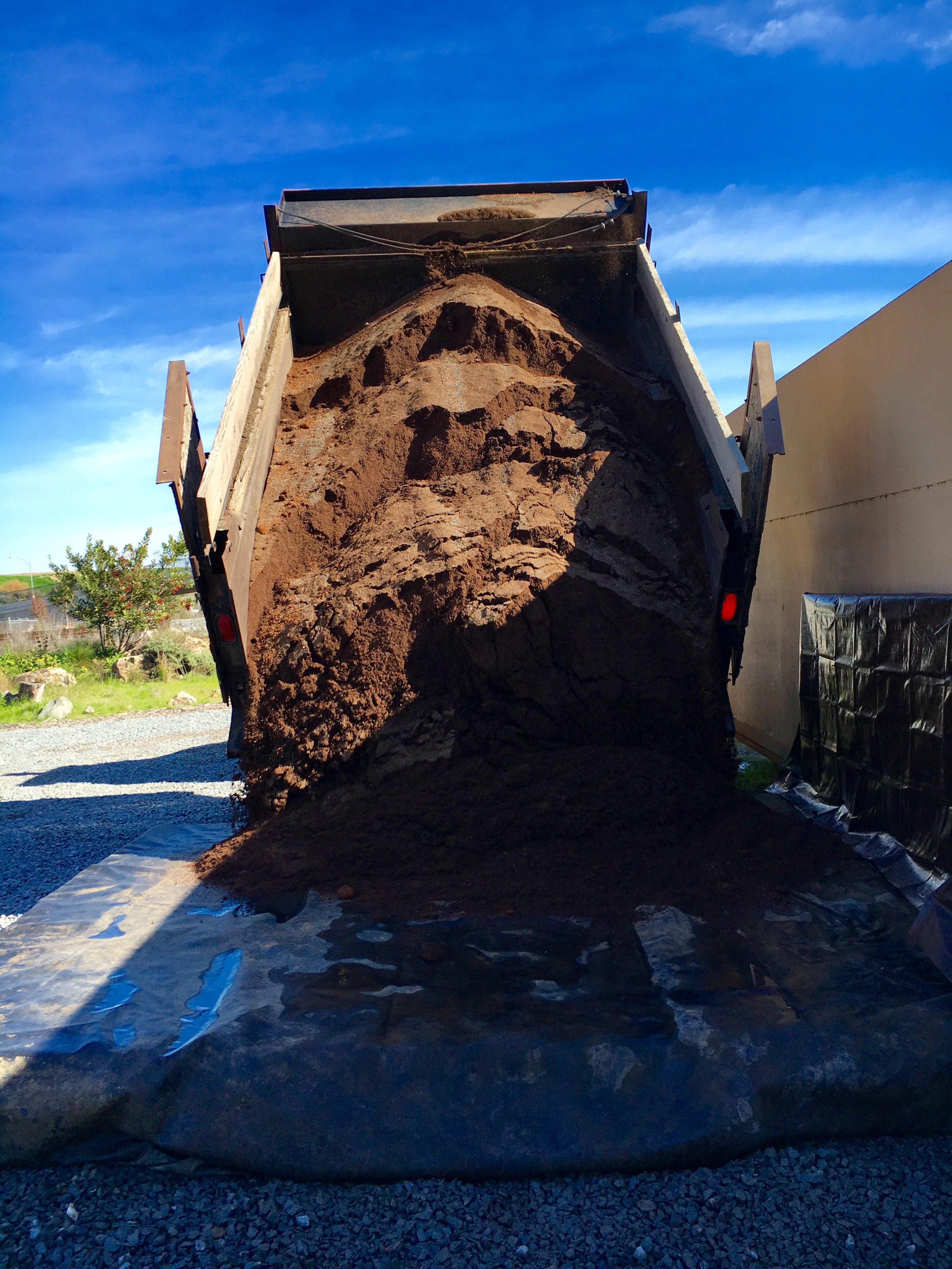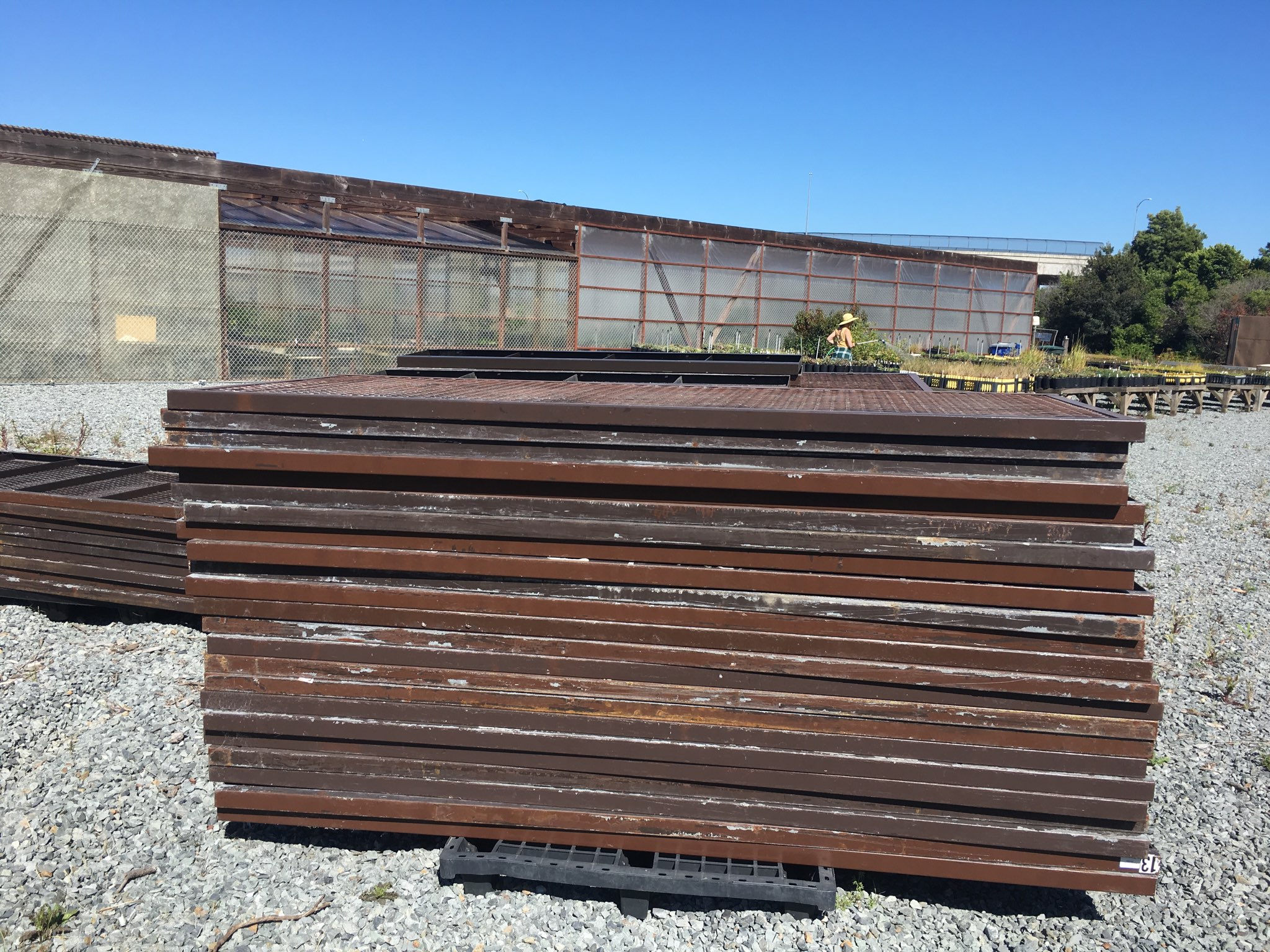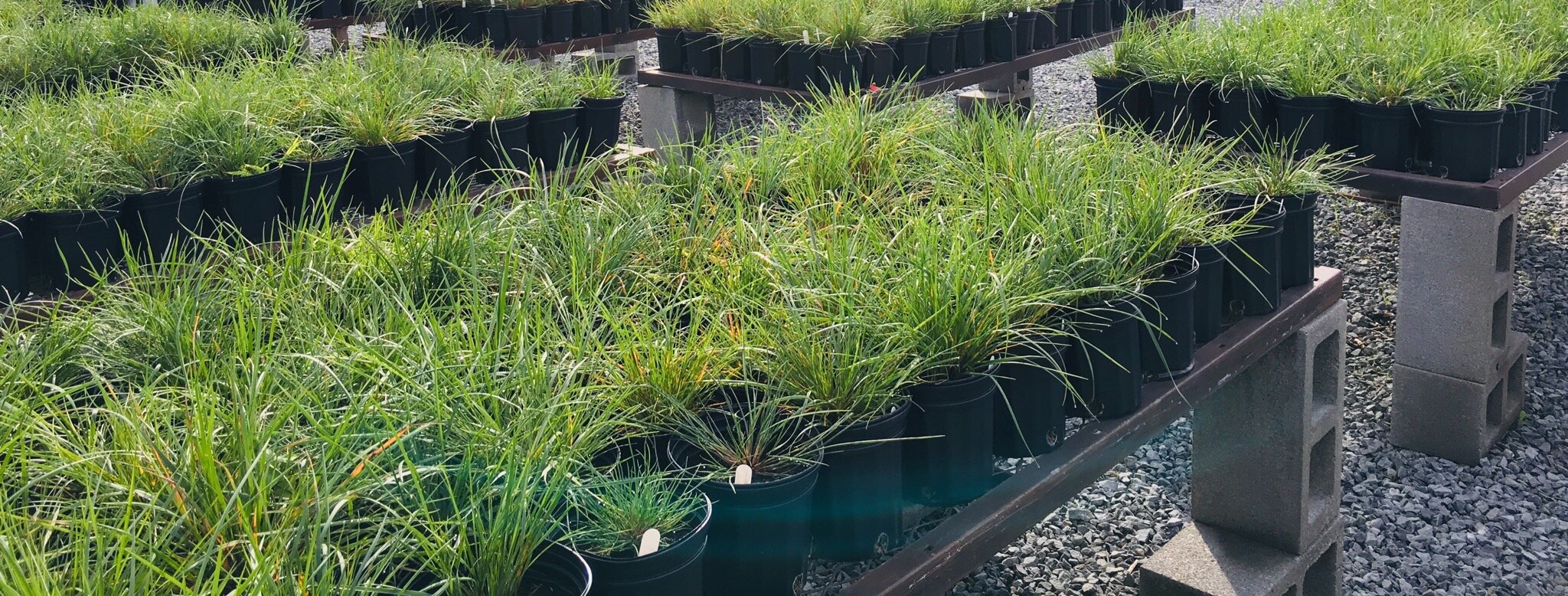Background
An issue (October-December 2018, Volume 72, Number 4. See: http://calag.ucanr.edu/Archive/) of the California Agriculture journal, a"quarterly peer-reviewed journal reporting research, reviews and news on California’s agricultural, natural and human resources," highlighted a troubling phenomenon at ecological restoration sites; plant pathogens such as phytophthoras are harming the native ecosystems being restored, and these pathogens are being introduced to the restoration sites by infected plants grown at the native plant nurseries supplying the projects.
Phytophthoras are soil-borne diseases that can cause ecological havoc, as demonstrated by the devastating spread of Sudden Oak Death throughout the state of California. Due to increased awareness about the risk of spreading phytophthoras through restoration plantings provided by nurseries, some land managers and agencies have ceased utilizing container plants for habitat restoration projects, focusing revegetation efforts instead on large scale seed sowing implemented by professional contractors. While the effectiveness of sowing seeds rather than planting seedlings is debated and variable, one clear detriment of ceasing to utilize container plants from native plant nurseries is its limiting effect on public participation and engagement in the restoration process.
Planting native plants and growing them at local nurseries are both activities that often rely on intimate involvement from the public. In addition to the ecological benefits of volunteers helping local ecosystems, community-based restoration practices create multiple social and democratic benefits as people of all ages, backgrounds, and levels of ability are invited to positively interact with their surrounding environments.
Therefore, native plant nurseries have come together to improve their growing practices and conditions in order to ensure that the plants produced are free from the damaging pathogens that threaten ecosystems and risk both limiting public participation in ecological restoration and the continued operation and relevance of native plant nurseries for land management. Various native plant nurseries in the San Francisco Bay Area are at the forefront of this movement.
Mission Blue Nursery: Growing Healthy Plants for Healthy Parks
Mission Blue Nursery has put in place many best management practices in response to this challenge, inspired by the network of local native plant nurseries who have led the way.
At Mission Blue Nursery:
160 tons of drain rock (crushed Greywacke sourced locally from the San Bruno Mountain Quarry) cover the expanded area of our nursery grounds and prevent contact with bare ground, mud, and puddles which can carry pathogens. Our greenhouse has been covered by rock since the beginning.
Our restoration plants grow in elevated tables, never on the ground (as is common in conventional, large-scale horticultural nurseries).
Our reusable container pots are fully sterilized:
Potentially contaminated container pots (for example, pots returning from mountain planting events) are stored in a screened area farthest away from our growing grounds.
They are then taken to a washing station and scrubbed with brushes in tubs of water to remove dirt. Our nursery volunteers help tremendously with this!
Afterwards pots are placed into their corresponding racks and dipped into chemical bath containers (locked when not in use) where they remain soaking and submerged for a period of 15 minutes.
These sterilized pots are then stored in a closed shipping container that we call the “Crystal Clean Cave,” dedicated exclusively to chemically sanitized pots. Afterwards, they are ready to be reused! Entry to the “Crystal Clean Cave” requires brushing and sanitizing soles of shoes.
Our potting soil is piled on a raised platform (resourcefully made from reused warehouse overstock plastic pallets secured by zip ties and covered by a large rubber mat!)
Table surfaces, tools, hose nozzles, soles of shoes when entering the nursery, and more are sterilized with isopropyl alcohol or other cleaning agents!
Plants are sampled and tested using pear-baiting methodology developed by the scientists Tedmund J. Swiecki and Elizabeth A. Bernhardt from Phytosphere Research to help detect phytophthoras.
More Improvements!
In May 2019, San Bruno Mountain Watch was awarded $5,500 through a Small Capital Grant from the Sand Hill Foundation to support the further development of our phytosanitary nursery efforts. We are grateful to the Sand Hill Foundation for this financial support and to our amazing community of donors whose contributions during fundraisers have also contributed toward the following improvements:
Acquisition of over 70 metal table tops (purchased from the liquidator during the closing of the Lowe’s in South San Francisco, where they were used in the horticultural department) and the cinder blocks needed to raise them. These tables are more successfully sanitized and sturdier than our current tables.
A soil sterilizer to begin treating our potting soil.

